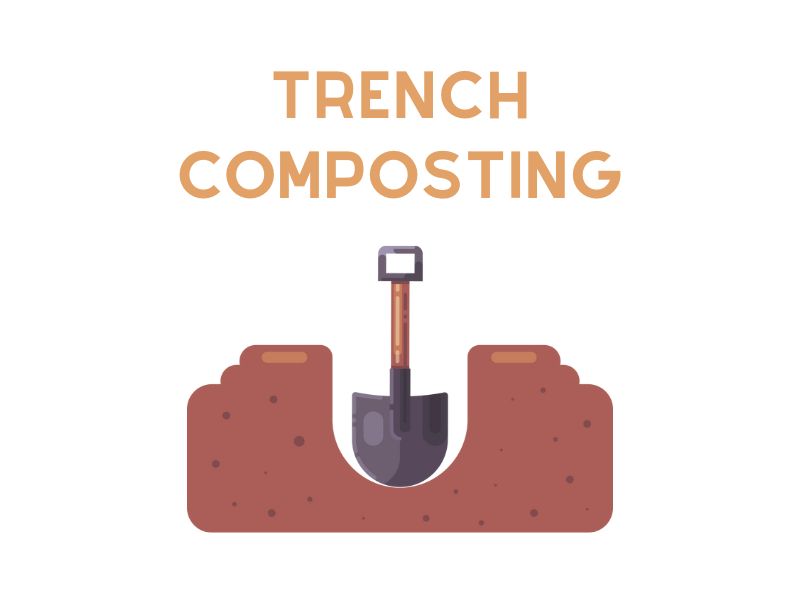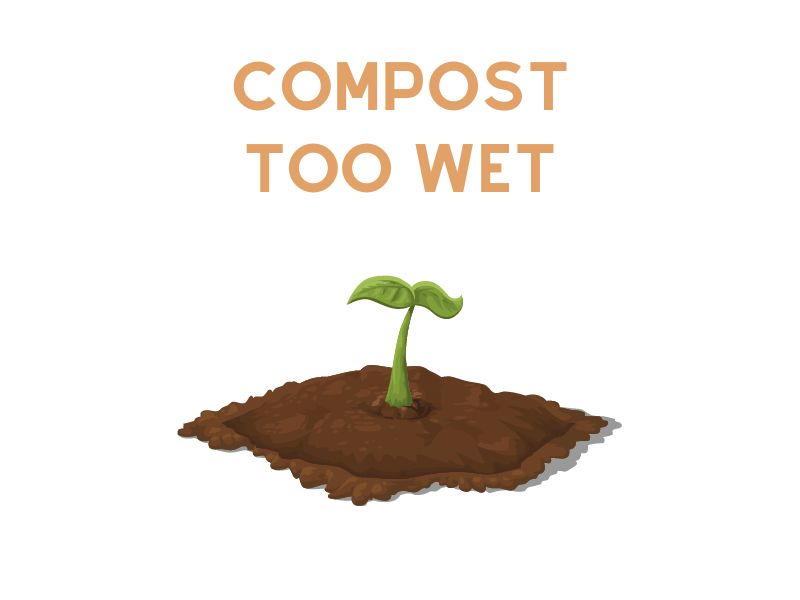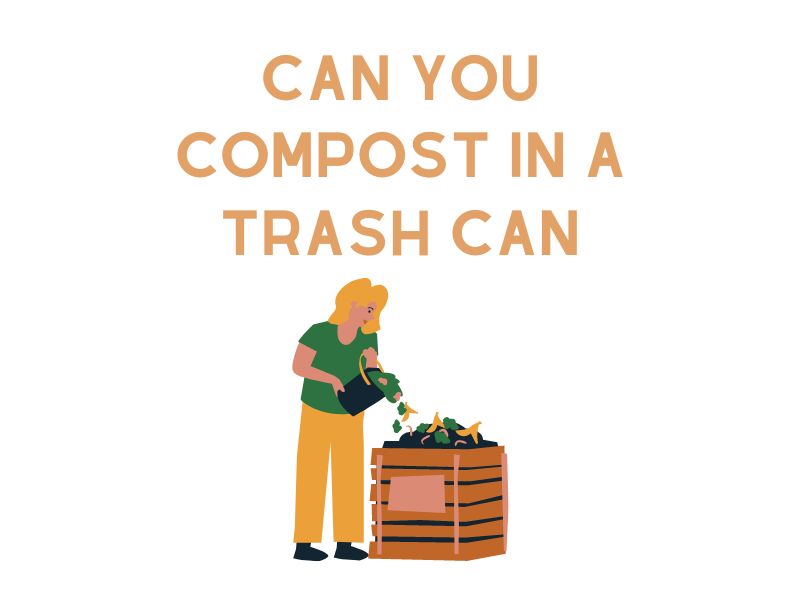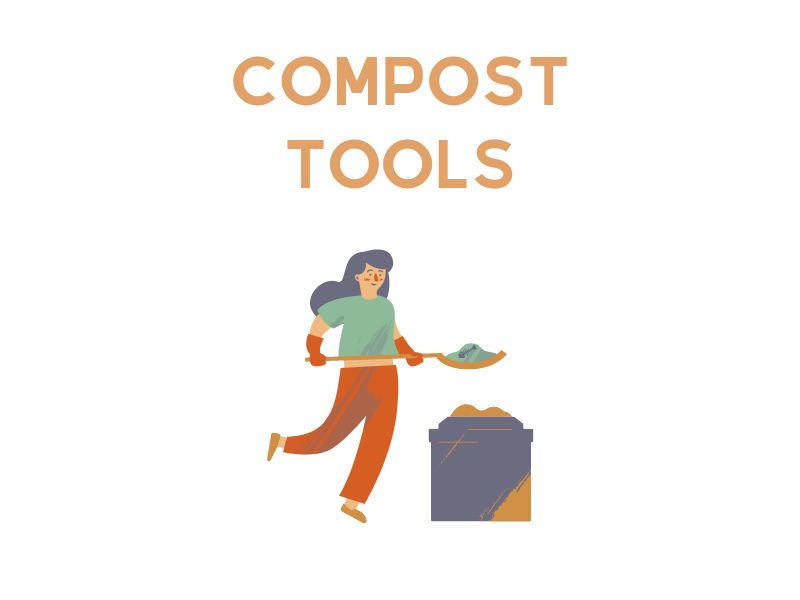In the realm of sustainable gardening, there is an ever-growing enthusiasm among gardeners, both seasoned and beginners, to explore and adopt methods that harmonize with nature while optimizing productivity. Amidst popular practices like raised-bed gardening or companion planting, there exists a gem often overshadowed by its contemporaries: trench composting. Not only does it embody the essence of recycling and sustainability, but it also offers a direct conduit of nutrition to plants, tapping into ancient gardening wisdom. As the world moves towards eco-conscious solutions, trench composting stands as an excellent response to many gardening challenges. This article seeks to illuminate the art and science behind trench composting, revealing its benefits, application, and potential to transform gardens into nutrient-rich havens.
What is Trench Composting?
Trench composting is a deeply organic, age-old method of waste recycling and soil revitalization. Rather than piling up organic waste on the surface or in dedicated bins, gardeners employing this technique dig trenches directly in their gardens and fill them with organic matter. These trenches, typically around 12-18 inches deep, become subterranean hubs of decomposition. Over time, a myriad of microorganisms, worms, and other beneficial soil dwellers actively break down the waste, converting it into rich, black humus teeming with nutrients. This underground composting approach not only minimizes surface disturbances but also feeds plants right at their root zones, ensuring that the nutrients are directly available where they’re most needed. As a symbiotic dance of nature, trench composting harnesses the simplicity of burying waste with the intricacy of soil biology, offering gardens a potent boost of vitality.
Benefits of Trench Composting
- Soil Enrichment: Trench composting doesn’t just decompose waste; it transforms your garden’s soil fabric. As organic matter breaks down, it releases a plethora of essential nutrients like nitrogen, phosphorus, and potassium, making the soil more fertile. Moreover, the resulting humus improves soil structure, enhancing its aeration and water retention capabilities.
- Waste Reduction: With landfills rapidly filling up and environmental concerns mounting, repurposing organic waste becomes a priority. Trench composting provides a natural, efficient way to recycle kitchen scraps and yard waste, turning what might be considered trash into treasured soil amendments.
- Pest Control: Since the composting materials are buried, there’s a reduced chance of attracting pests like rodents and flies. This subterranean method is less prone to disturbances, which can be common in above-ground composting methods.
- Water Conservation: The decomposed organic matter acts like a sponge, retaining water much more effectively than untreated soil. This means gardens with trench composting often require less frequent watering, which is especially beneficial in regions with water scarcity.
- Carbon Sequestration: Trench composting is a champion in the fight against climate change. By burying and composting organic matter, carbon dioxide is captured within the soil, helping reduce the greenhouse gases released into the atmosphere. This direct action at a grassroots level supports global initiatives aimed at mitigating the effects of climate change.
- Enhanced Root Growth: As the composted material integrates with the soil, it creates channels and pockets that assist root growth. This not only provides plants with better access to nutrients but also strengthens their root systems, leading to healthier, more resilient plants.
- Natural Soil Conditioning: Over time, trench composting can improve the pH balance and microbial health of the soil. As the compost breaks down, it encourages the proliferation of beneficial bacteria and fungi, promoting a harmonious underground ecosystem that bolsters plant growth.
In essence, the benefits of trench composting stretch beyond just waste management or plant nutrition. It’s a holistic approach that rejuvenates gardens, supports ecological balance, and champions sustainable practices in the face of environmental challenges.
Basic Requirements for Trench Composting
- Space and Soil: Before embarking on trench composting, it’s vital to earmark a specific area in your garden. This doesn’t necessarily have to be vast; even small gardens can benefit from the technique. The soil quality is of prime importance. Loamy or slightly sandy soils are ideal as they offer good drainage, ensuring that the organic materials don’t remain waterlogged. If your garden has clay-heavy soil, you might need to amend it with some sand or organic matter to improve its texture and drainage capability.
- Organic Waste: The essence of trench composting lies in the organic materials you use. Fresh kitchen scraps like fruit and vegetable peels, coffee grounds, and eggshells are perfect. Garden trimmings, like non-diseased plant clippings, grass cuttings, and fallen leaves, also form an excellent base. However, avoid adding meat, dairy, diseased plants, or any inorganic materials, as these can attract pests and inhibit the composting process.
- Tools: A sturdy shovel or spade is indispensable for digging the trench. Depending on the size of your garden and the volume of compostable material, a wheelbarrow can be useful for transporting waste. Gardening gloves are advisable to protect your hands when handling waste and soil. Additionally, a garden fork can be helpful in turning and aerating the compost if you wish to expedite the decomposition process.
- Planning: Before you begin, it’s a good idea to sketch a rough plan for your garden. Identify where you have previously dug trenches or where your plants are situated. This will ensure you rotate your trenches, allowing the soil to benefit uniformly over time. Furthermore, planning can help avoid unintentionally disturbing plant roots or previously composted areas.
- Time: Trench composting isn’t an overnight solution. Depending on the climate, the organic waste can take anywhere from a few months to over a year to fully decompose. Thus, patience and a long-term vision are fundamental. If you’re growing seasonal crops, you can time the trench composting to coincide with the gaps between planting and harvesting.
In conclusion, while trench composting may seem simple—and in essence, it is—the outcome’s success hinges on a few foundational elements. Proper planning, the right tools, and quality organic waste can seamlessly transform a patch of earth into a composting powerhouse.
Step-by-Step Process of Trench Composting
- Selecting the Right Location:
- Sunlight and Shade: While trench composting doesn’t demand direct sunlight, choosing an area with moderate sunlight can assist in speeding up decomposition due to the warmth. However, areas with partial shade are also suitable.
- Root Systems: Avoid areas with dense root systems, particularly from trees, as they can compete with the composting materials for nutrients.
- Rotation: If you’ve done trench composting previously, ensure that you rotate your locations. This helps to evenly distribute nutrients throughout your garden over time.
- Digging the Trench:
- Dimensions: Aim for a depth of about 12-18 inches and a width of around 12 inches. The length can vary based on your garden size and the amount of compostable material available.
- Soil Storage: As you dig, store the excavated soil nearby, as you’ll need it later. If the soil appears compacted, consider breaking it up a bit to improve its texture.
- Safety: Always ensure you’re wearing suitable footwear and gloves. Use proper technique to avoid back strain, and be aware of any underground utilities.
- Filling the Trench:
- Layering: Begin with a layer of coarse, dry materials like twigs or straw. This assists in aeration and drainage. Then, add kitchen scraps and garden trimmings. Aim for a balance between green (nitrogen-rich) materials like vegetable scraps and brown (carbon-rich) materials like leaves or paper.
- Density: Avoid compacting the materials too tightly. Lightly layered materials allow for better air circulation, which aids decomposition.
- Depth: Leave about 4-6 inches of space from the top of the trench unfilled to cover the organic material adequately with soil.
- Covering the Trench:
- Soil Replacement: Use the excavated soil to cover the organic materials. This creates a barrier, reducing the chance of pests being attracted to the composting materials and preventing any odors from escaping.
- Watering: If the soil is very dry, lightly water the covered trench to kickstart the decomposition process. However, in wet climates or seasons, this may not be necessary.
- Marking: Especially in larger gardens, consider marking the location with a small sign or stake. This helps you remember where you’ve composted, aiding in rotation and future planting decisions.
- Planting Over the Trench:
- Immediate Planting: You can plant directly over the freshly filled trench, especially if you’re growing larger plants like shrubs or trees. Their roots will grow towards the composting material, benefiting from the nutrients released.
- Waiting Period: For smaller plants or vegetables, you might want to wait a few weeks or even months before planting directly over the trench. This ensures that the organic material has decomposed somewhat, providing a more stable base for delicate plants.
In essence, the trench composting process, though requiring a bit of effort initially, integrates seamlessly into the natural cycle of gardening. With each trench, you’re creating a reservoir of nutrients, preparing your garden for bountiful seasons ahead.
Common Mistakes in Trench Composting and How to Avoid Them
- Overloading the Trench:
- Mistake: Gardeners sometimes view the trench as a convenient dumping ground and might add excessive waste, thinking it’ll decompose quickly.
- Consequence: Too much waste can lead to anaerobic conditions, slowing down decomposition and potentially causing unpleasant odors.
- Solution: Add organic materials in balanced, even layers. Remember, it’s better to have multiple, well-managed trenches over time than one overloaded trench.
- Inadequate Depth:
- Mistake: Trenches that are too shallow are easy to dig but can pose problems.
- Consequence: Shallow trenches might not prevent pests like rodents from accessing the organic waste. Additionally, they might not provide enough depth for the organic material to decompose adequately before planting over them.
- Solution: Always aim for the recommended depth of 12-18 inches. It ensures better decomposition and acts as a deterrent for pests.
- Imbalance of Materials:
- Mistake: Loading the trench with too much of either green (nitrogen-rich) or brown (carbon-rich) materials.
- Consequence: An imbalance can hinder the decomposition process. Too many green materials can lead to slimy compost, while an excess of brown materials can slow down decomposition.
- Solution: Strive for a balanced mix. As a rule of thumb, aim for a 2:1 ratio of green to brown materials.
- Ignoring pH Levels:
- Mistake: Not considering the pH of the composting materials.
- Consequence: A highly acidic or alkaline trench environment can inhibit microbial activity, slowing down decomposition.
- Solution: If you suspect pH imbalances (like adding too many citrus peels), occasionally check the pH. You can balance an acidic trench with a sprinkle of garden lime or crushed eggshells. For overly alkaline conditions, add some pine needles or oak leaves.
- Using Diseased Plant Material:
- Mistake: Incorporating plants affected by diseases into the trench.
- Consequence: The pathogens from the diseased plants can survive and affect future plantings.
- Solution: Always ensure the plant materials you’re composting are disease-free. If in doubt, better to leave them out or dispose of them using another method.
- Neglecting Crop Rotation:
- Mistake: Continuously planting the same type of plants over your trenches.
- Consequence: Some plants can deplete specific nutrients more than others, leading to imbalances in the soil over time.
- Solution: Rotate the crops you plant above the trenches. This not only aids in balancing nutrient uptake but also helps in pest and disease management.
Trench composting, like any gardening method, comes with its nuances. However, by being vigilant about these common mistakes and adopting proactive solutions, gardeners can ensure a smooth composting journey and a vibrant, nutrient-rich garden.
Conclusion
Trench composting is not merely a method; it’s a philosophy of returning to nature what we take from it. By integrating waste back into the soil, we are actively participating in the timeless cycle of growth, decay, and rebirth. This process doesn’t just rejuvenate our gardens; it strengthens our connection with the earth and heightens our understanding of the delicate ecological balances that underpin our existence.
While the steps involved might seem simple on the surface, the profound transformations occurring beneath the soil are a testament to nature’s intricate web of life. Microorganisms, insects, and worms work tirelessly, breaking down what once was discarded, turning it into life-nourishing humus.
Moreover, as we grapple with mounting environmental challenges, trench composting offers a tangible, grassroots solution. It mitigates waste, sequesters carbon, and reduces our ecological footprint, all while fostering healthier, more resilient gardens.
In embracing trench composting, gardeners aren’t just adopting a technique; they’re making a statement. A statement of responsibility, reverence for the earth, and hope for a sustainable future. Through informed practices, vigilance against common mistakes, and an unwavering commitment to eco-conscious gardening, we can all play our part in creating greener, more vibrant spaces for generations to come.





